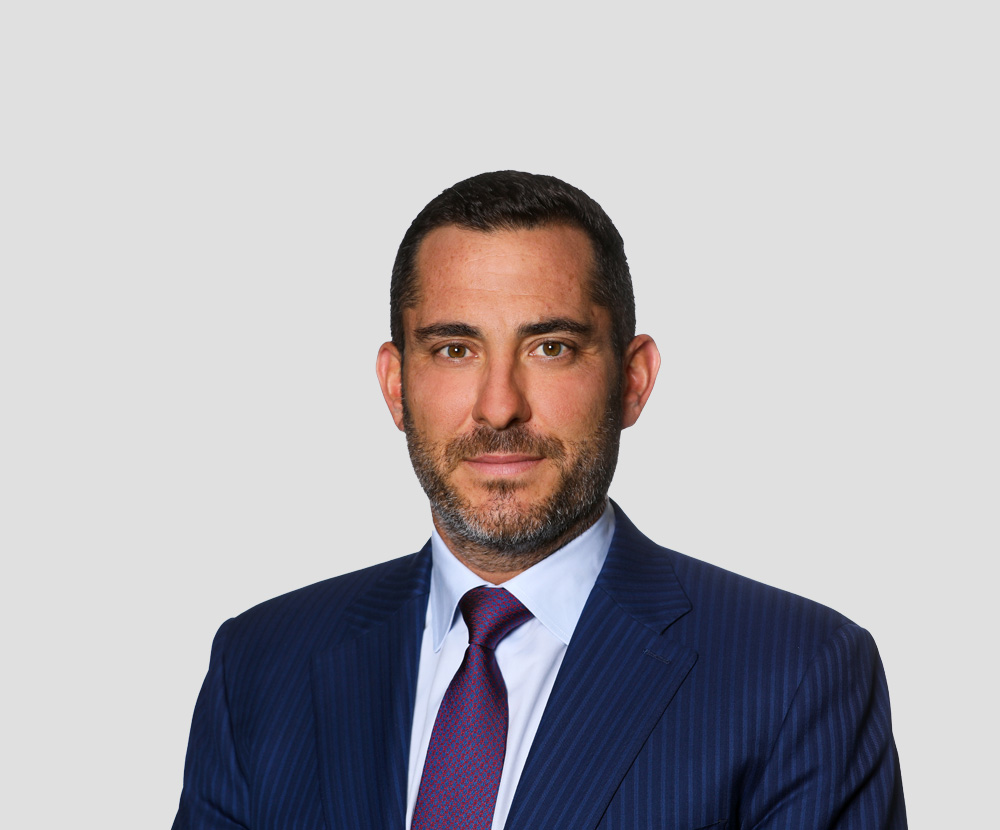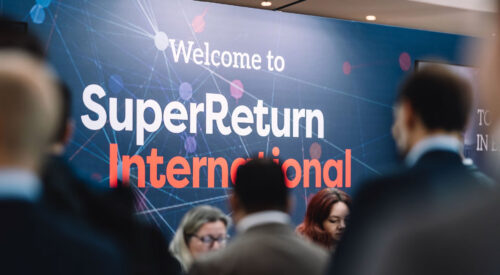Article published with the permission of Private Equity International.
According to Ricardo Lombardi, a managing director and global head of ICG Strategic Equity, the secondaries asset class benefits from a unique positive selection bias dynamic, as sponsors cherry-pick their winners to extend their ownership period and continue executing on an already proven value-creation plan. He tells Private Equity International that a well-selected portfolio of single-asset continuation vehicle investments can deliver some of the most attractive risk-adjusted returns in private equity.
How has the GP-led market evolved over the past decade?
The catalyst that initially created the need for these deals was the 2008 global financial crisis. There had been more than $1 trillion of private equity capital invested in the preceding five-year period, and a few years later the shock of the crisis resulted in hundreds of billions of dollars’ worth of PE assets still held in funds approaching their expiration dates. Many GPs felt they needed more time to maximise value, but this objective clashed with the LPs’ desire for liquidity.
GP-led transactions created an elegant solution to this challenge, by allowing the GP to move the assets to a new vehicle, which extended the investment horizon, while allowing LPs the option to cash out or rollover into the new vehicle. Over the past 10 years, GP-led transactions have become the go-to solution to manage end-of-life PE funds.
Along the road, the industry experienced another shock through the onset of covid in early 2020, resulting in an almost immediate stop to exits and distributions. This ‘pain point’ triggered innovation within the GP-led market with the realisation that the GP-led ‘technology’ being used for end-of-life funds could also be applied to provide liquidity options to LPs in individual assets earlier in the fund lives.
Single-asset deals have grown exponentially since then, and the GP-led market is now clearly bifurcated between multi-asset (typically end-of-life) situations, and single-asset transactions. According to data from Evercore, 2022 volumes for GP-led transactions were $48 billion, of which $20 billion were single-asset continuation vehicle transactions.
The single-asset market has significant long-term growth potential because it is starting from a very low rate of penetration.
How does investing in single-asset deals differ from investing in multi-asset deals?
The fundamental difference is that when buying a single company, asset quality is the defining criteria. The transaction should be driven by a sponsor’s desire to retain a truly outstanding performer that has already been successful and has a clear and compelling path to continued value creation, which is the reason why the sponsor does not want to sell to a third party. In a multi-asset transaction, there might be one or two great assets, but buying a pack- age means that there will invariably be a range in quality, especially when dealing with end-of-life funds.
Multi-asset GP-led deals provide some element of diversification, and as such we see that most established secondaries buyers today prefer them versus single-asset deals (given most have investment mandates that prioritise diversification). However, we believe that a pure-play focus on single-asset deals can be a very interesting approach if the buyer is being compensated with excess returns and employs a highly disciplined approach to pricing and selection.
What does the ideal single-asset continuation vehicle look like?
It tends to involve situations where there is a clear thesis as to why the GP wants to keep owning the asset and where there is typically a value-creation plan that has continued runway and is easy to believe in. We don’t want to reinvent the wheel: the ideal continuation vehicle candidate is one where it is self-evident where the value is likely to come from, because the go-forward plan follows a similar value-creation trajectory and has similar strategic initiatives as the buyout that preceded the continuation vehicle.
The ideal asset is typically a market leader in an attractive industry that is non-cyclical, enjoying organic growth and operating in a fragmented industry with ongoing consolidation. The company should benefit from healthy profit margins thanks to its strong position in the value chain and have recurring revenues too, so essentially everything that a sponsor would look for in a high-quality buyout. It is precisely because the asset possesses all or most of these qualities that the GP wants to continue holding on to it.

Why does ICG Strategic Equity focus exclusively on single-asset deals? What’s attractive about this market segment?
The short answer is risk-adjusted returns, but there are other dynamics at play. The single-asset market has significant long-term growth potential because it is starting from a very low rate of penetration. Continuation vehicles currently represent only about 3-4 percent of total private equity exits. The addressable universe is also very large as it is essentially any great asset in a buyout fund that the GP wants to keep compounding value on beyond the ‘conventional’ PE hold period of four to five years, and that universe is growing as PE continues to grow as an asset class.
Penetration will continue to in- crease, as most established PE sponsors now understand the benefits of a GP- led transaction as a portfolio and liquidity management tool. The biggest constraint for volume growth today is buyer capital, not supply of dealflow.
How do you underwrite these transactions and what does the diligence process look like?
We have always believed that direct private equity buyout skills are necessary to underwrite these transactions. We have built a team of direct buy-out professionals and we underwrite and diligence these deals similarly to a direct buyout. That means meeting management teams, doing site visits, developing our own operating models and hiring third-party consultants.
Of course, we also spend time doing due diligence on the GP, but we only partner with well-regarded and established GPs, so our primary focus is on the asset. We are commit- ting to a situation that is very specific with a high-performing GP that is well-known to us and that has already achieved positive results with the as- set. Ultimately, we want to make sure the asset ticks all the boxes, the GP is strongly aligned and the pricing is adequate to make a compelling return.
What are the considerations for a GP when selecting a lead buyer?
Given these are inherently conflicted transactions, the GP’s primary focus should be around fairness to its LPs, which mainly comes down to process and price. When it comes to selecting a lead secondaries buyer, the key considerations for a GP are around speed, certainty of execution, and limiting the disruption to themselves and the management team of the underlying asset.
ICG Strategic Equity brings a one- stop solution in that we are typically committing the entirety of the capital required for these deals, allowing the GP to engage with just one buyer and as a result accelerate the process while minimising disruption and uncertainty. The GP wants to deliver a fair outcome to LPs with the least amount of friction and drain on resources, so we believe that having one large credible counterparty is superior to a syndicate of buyers.
What does the competitive landscape look like today?
Most secondaries players are already investing in GP-led transactions to varying degrees. The main difference is where they sit on the spectrum in terms of the composition of GP-leds versus LP portfolio deals, and within GP-leds, between single-asset and multi-asset deals. Some competitors have more ap- petite for single-asset deals than others, and the market is very dynamic and expected to evolve significantly over the coming years.
We have been pure play GP-led specialists from day one, which we believe gives us a few points of differentiation. Having a direct buyout team allows us to perform comprehensive asset-level due diligence. It also enables us to be closely engaged with our investments and GPs by having an active role at the asset-level boards.
Our specialist GP-led mandate has allowed us to grow with the market and lead some of the largest transactions completed to date. There is limited competition at the upper end of the market for single-asset deals, but we expect that to change over time. Several new entrants are already working towards specialist GP-led strategies that will focus on single-asset continuation vehicles. We believe that new entrants are a great validation of the asset class and evidence of its long-term potential.
The secondaries market will continue to become more specialised and bifurcated.
How do you expect the competitive landscape to evolve over the medium term?
It is clear to us that the secondaries market will continue to become more spe- cialised and bifurcated. Commingled LP/GP-led funds, GP-led single-asset specialists, preferred equity providers, NAV lenders, credit secondaries… they all bring something slightly different to the table and can represent attractive investment strategies. Over time, investors in secondaries funds will have more choice and as a result be able to optimise their portfolios by selecting managers that best suit their specific objectives (for example, do I prioritise money multiple versus IRR? Or capital gains versus cash yield?). I believe this specialisation trend will broaden the appeal of the secondaries asset class as a whole.
What are your expectations for the GP-led market in 2023 and what are your key priorities?
The current market conditions will be conducive to continued growth in GP-led volumes, as traditional PE exits have dried up and LPs have a strong desire for liquidity (this generally applies to the LP-led market as well of course!). Adoption of GP-led deals will continue increasing as more successful precedents are set, more blue-chip GPs complete continuation vehicles, and more advisers and buyer capital enter the market. To keep making progress though, all market participants – lawyers, sponsors, advisers, buyers, LPACs, etc – have a responsibility to ensure that these transactions are managed in a way that is transparent and fair to existing LPs. I believe we have done a good job overall in the past 10 years on this point, but there is still some way to go and so we see every transaction as an opportunity to continue improving the process so that the value that these transactions bring to the table is better understood by all stakeholders involved.
















 Back
Back